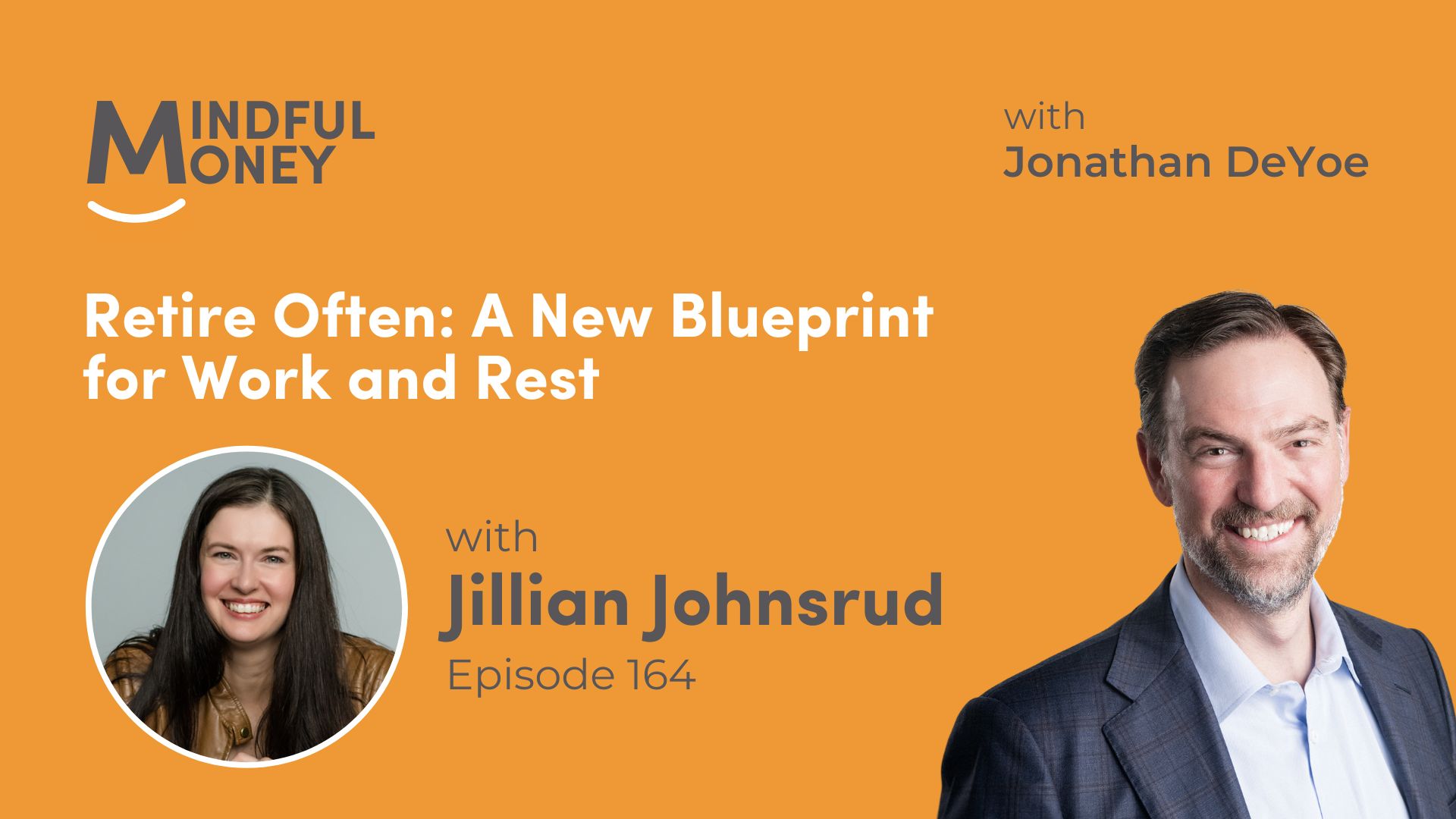You may recall from prior years that our January letter is longer than other quarters because it includes the annual restatement of our Guiding Principles before we talk about lessons learned or make observations about our current environment.
GUIDING PRINCIPLES:
We are goal-focused and planning-driven. We exist within a culture of personal finance that is market-focused, and current-event or performance driven. In this way, we are counter-cultural.
After 40 years as an equity investor working with my own cognitive and emotional biases and now a full 25 years working directly with clients and their deepest financial beliefs, I am certain both that long-term investment success derives from continuously acting on a plan and that investment failure results from continually reacting to current events in the markets and the economy.
We are long-term global equity investors. We are working steadily toward the achievement of our most cherished lifetime goals. We admit, humbly, that no attempt to forecast or timing equity markets can be successful. Still, there are plenty who try… and who attempt to convince us to follow them. This is the noise we so often counsel ignoring.
We believe that the only way to capture the full premium return of equities is to ride out their frequent but ultimately temporary declines.
There have been 16 “bear markets” in equities since the end of WWII – an average of one every 5(ish) years. The average depth of each of these declines is about 33%. Despite short-term downs the markets’ advance has triumphed over every historical decline.
Our highest value to you is our eco-system of advice – the planning, steady communication, and behavioral coaching designed to help you engage in a short list of appropriate behaviors and temper your reaction to “noise.”
Our essential principles are simple:
- The short-term performance of your portfolio relative to a benchmark is irrelevant to your long-term financial success.
- The only benchmark that matters is whether you are on track to accomplish your stated financial goals in your financial plan.
- Risk should be measured as the probability that you won’t achieve those financial goals.
- The exclusive objective of investing should be to minimize that risk to the extent possible.
Everything outside of the above four principles devolves into a performance derby.
Our essential portfolio practices are simpler still:
- Asset allocation determined by your financial plan
- Broad diversification within appropriate asset classes
- Academic performance factors (Value, Size, and Profitability)
- Rebalancing
Once a client family has worked with our team to put a long-term plan in place and funded that plan with the investments that seem historically best suited to achieving their financial goals, we very rarely recommend changing the portfolio other than to rebalance. The rule is: if your goals haven’t changed, don’t change the portfolio. Rebalancing is important because it is automatically value seeking – it captures and preserves gains and reinvests in cheaper areas of the market.
Investing requires practicing rationality in the face of uncertainty. We can’t know what lies ahead. We are investing for an unknowable future. Therefore, we adhere to investment principles that have thus far yielded the most favorable long-term results: planning, mindful optimism, patience, and discipline.
5 LESSONS OF 2020 MASTER CLASS
Once in a very great while, there comes a year in the economy and the markets that may serve as a tutorial—in effect, a master class in the principles of successful long-term, goal-focused, and planning-driven investing. 2020 was just such a year.
On December 31, 2019, the Standard & Poor’s 500-Stock index closed at 3,230.78. This past New Year’s Eve, it closed at 3756.07, some 16% higher. With reinvested dividends, the total return of the S&P 500 was almost 18%.
From these bare facts, you might infer that the equity market had, in 2020, quite a good year. And indeed it did. What should be so phenomenally instructive to the long-term investor is how it got there.
From a new all-time high on February 19, the market reacted to the onset of the greatest public health crisis in a century by going down roughly a third in five weeks. The Federal Reserve and Congress responded with massive intervention, the economy learned to work around the lockdowns—and the result was that the S&P 500 regained its February high by mid-August.
The first lesson of our master class: At their most dramatic turning points, the economy can’t be forecast, and the market cannot be timed. Instead, having a long-term plan and sticking to it—acting-on as opposed to reacting-to, which is our investment policy in a nutshell—once again demonstrated its enduring value.
The second lesson of our master class: The velocity and trajectory of the equity market recovery essentially mirrored the violence of the February/March decline. This is consistent with historical norms.
The third lesson of our master class: The market looked ahead and it went into new high ground by midsummer, even as the pandemic and its economic devastations were still raging. This, also, is how historical market recoveries have occurred.
The fourth lesson of our master class: “Waiting for the pullback” once a market recovery gets under way, and/or waiting for the economic picture to clear before investing, turned out to be formulas for significant underperformance, as is most often the case.
We are NOT as fragile as we assume. The American economy—and its leading companies—demonstrated their fundamental resilience through the balance of the year. All three major stock indexes made multiple new highs. Even cash dividends appear on track to exceed those paid in 2019 – the previous record year.
Meanwhile, two vaccines were developed and approved in record time (with more in the wings), and were going into distribution as the year ended. There is hope that the most vulnerable segments of the population could get the vaccines by spring, and that everyone who wants to be vaccinated can do so by the end of the year, if not sooner.
The fifth lesson of our master class: Investing and politics do not mix, full stop. To say that it was the most hyper-partisan presidential election in living memory wouldn’t adequately express it: adherents to both candidates were genuinely convinced that the other would, if elected/re-elected, precipitate the end of American democracy.
Everyone who exited the market (or simply refrained from entering it) in anticipation of the election got thoroughly (and almost immediately) skunked. The enduring historical lesson – which we expressed numerous times leading up to the election, and now express again: never get your politics mixed up with your investment policy.
CURRENT OBSERVATIONS
Still, as we look ahead to 2021, there remains far more than enough uncertainty to go around. Is it possible that the economic recovery— and that of corporate earnings—have been largely discounted in soaring stock prices, particularly those of the largest growth companies? If so, might the coming year be a lackluster or even a somewhat declining year for the equity market, even as earnings surge?
Yes, of course it’s possible. Now, how do you and I—as long-term, goal-focused, and planning-driven investors—make investment policy out of that possibility? My answer: we don’t, because one can’t. Our strategy, as 2021 dawns, is entirely driven by the same steadfast principles as it was a year ago—and will be a year from now.
The Federal Reserve has assured us that it is prepared to hold interest rates near current levels until such time as the economy is functioning at something close to full capacity—this is, of course, a reference to employment. Survey estimates set this time frame as being perhaps as long as two or three more years.
For investors like us, this makes it difficult to see how we can pursue our long-term goals with fixed income investments. They may still act as ballast, but they will provide little in the way of return. Equities, with their potential for long-term growth of capital—and especially their long-term growth of dividends—seem to us the more rational approach. We therefore tune out “volatility.” We act; we do not react. This was the most effective approach to the vicissitudes of 2020. I believe it always will be.
I look forward to discussing this further with you in our “Forecasts: Past & Future” event at 6:00 p.m. on January 25th. Until then, let me thank you again for being our clients. I count it among my many privileges to serve you.
Sincerely,
Jonathan





